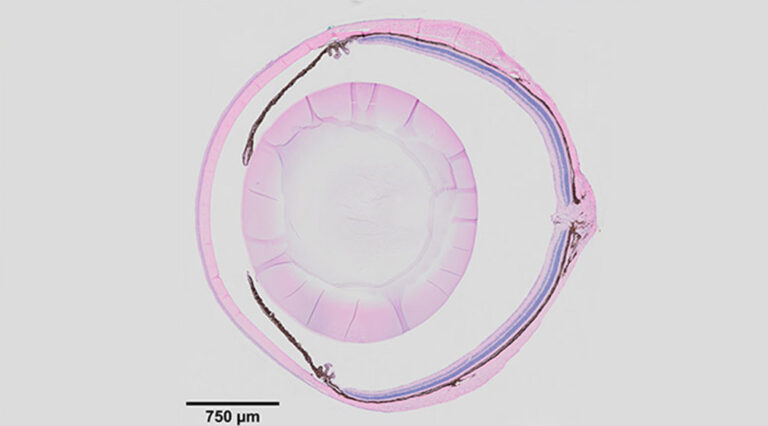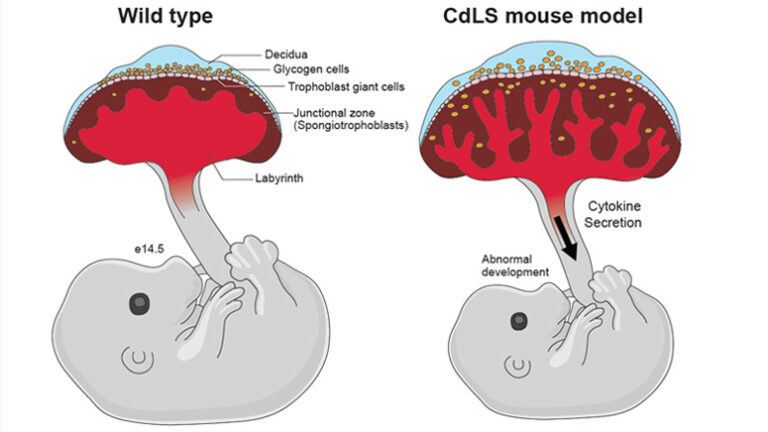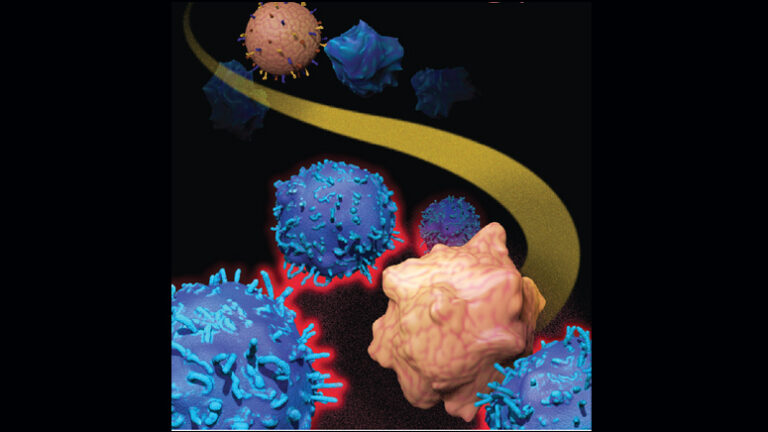Research Services
The Transgenic and Reproductive Technologies group is composed of team members who possess extensive knowledge and expertise to create genetically modified organisms using advanced technology. This group works in partnership with researchers from investigator labs and other Technology Centers to develop and protect the variants that are used in ongoing scientific studies.
The team offers a variety of technical services including applying CRISPR/Cas9 and standard transgenic techniques to well-studied and new research organisms, rederivation of existing health-compromised models, the recovery and rescue of strains through in vitro fertilization and the cryopreservation and storage of germplasm from the research organisms.
Genetically modified organisms
Cloning, surgery, preservation, in vitro fertilization are just some of the capabilities of the Transgenic and Reproductive Technologies team.






